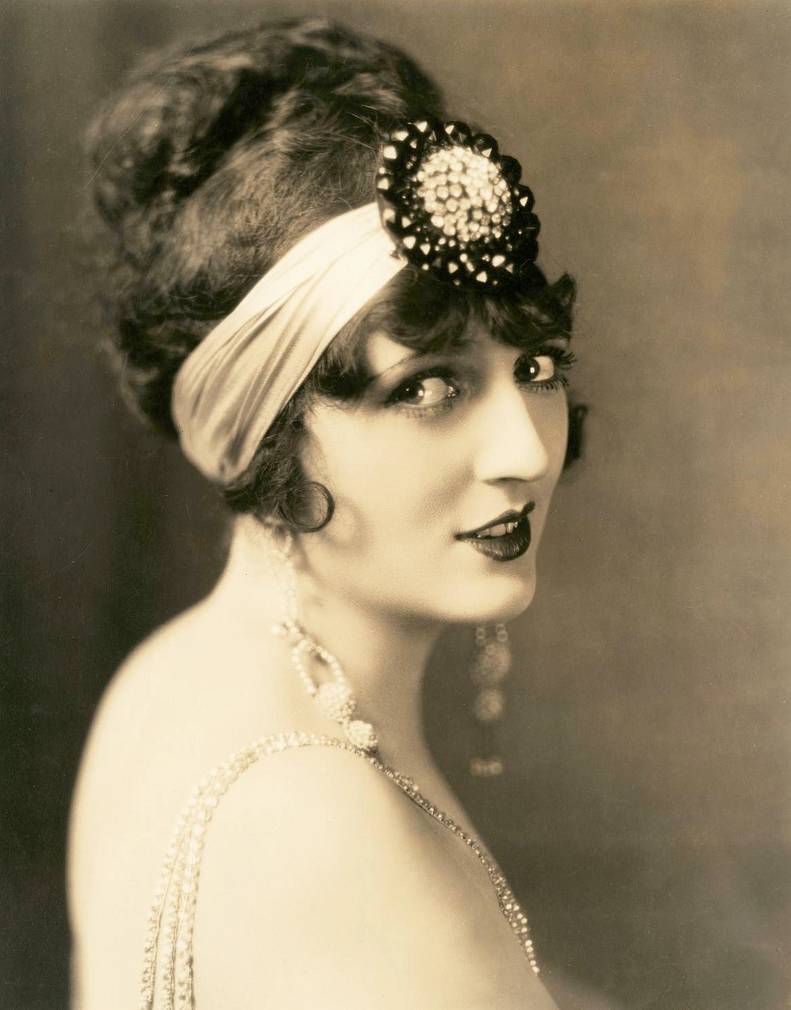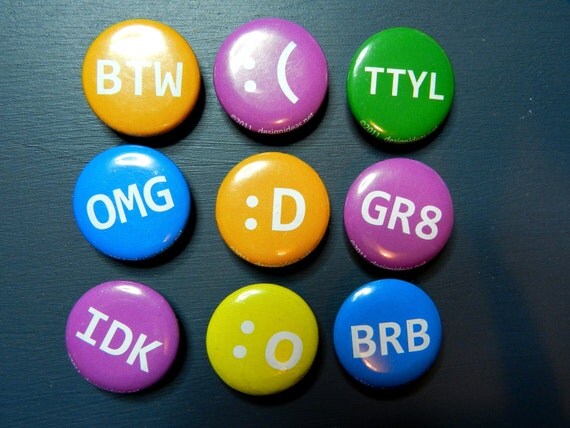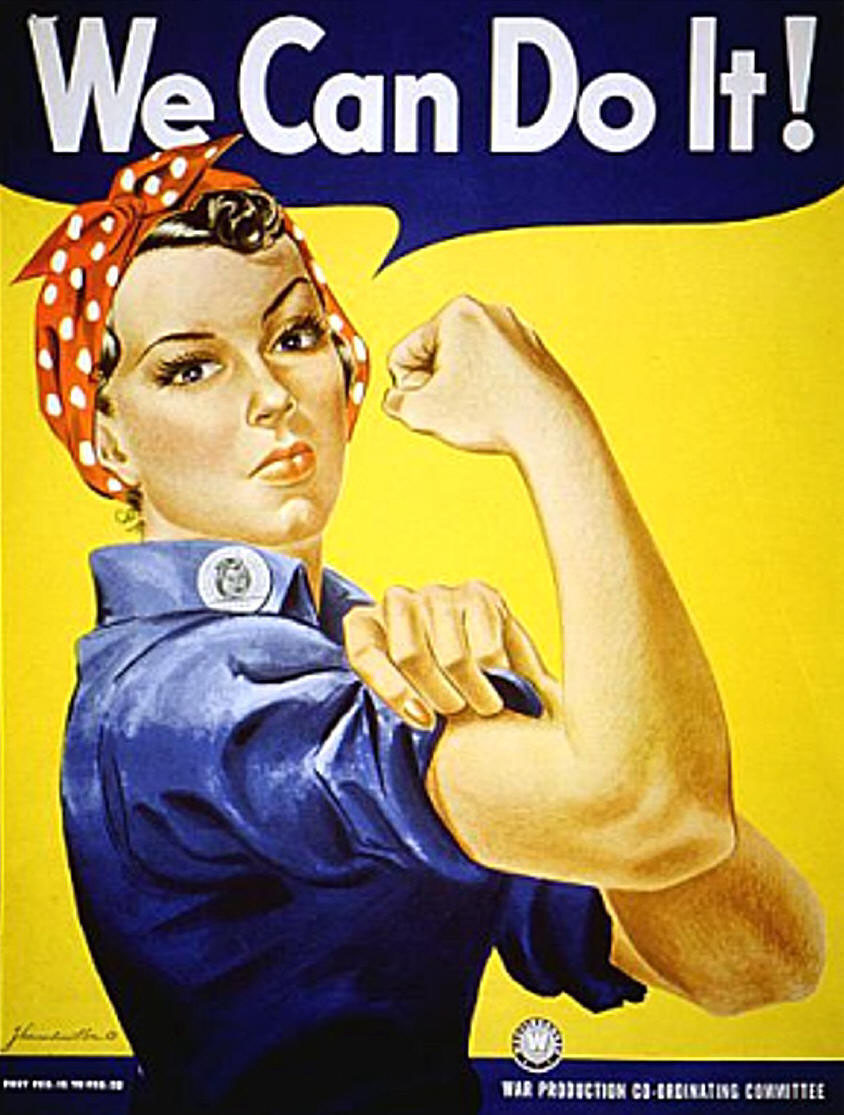The title illustration on
Great Gatsby is noted as one of the greatest book covers in history. It is not
only aesthetically pleasing but also conveys a deeper meaning. At a first
glance it many seem like an ominous dark sky overbearing the bright lights of
the city. But after further analysis many different interpretations arise, each
one correct and elucidating.
In the dark blue section of the illustration-
that covers 90% of the picture- two large eyes are seen. The novel itself is a
social commentary of the 1920's. The eyes are bright and golden representing
the opulence and excess of the time. But everything comes at a cost and that
can be seen if one looks deep into the eyes debuted on the cover. In each eye
is a naked lady reclining. This represents the many social issues American's
were facing. Adultery was just one example but along with the others caused
much distress to society. The woman in the left eye appears to be in motion,
representing the changing relationships, and this causes the person to cry. A
clear teardrop leaks from on eye. The turquoise color is distinct from the rest
of the image as it represents the raw pain and emotions that people had to deal
with. Whisker-like projections come off from different sides of the face. The
fluidity and length of the lines make the face seem never ending and all
knowing. The omniscient face then comes to represent a God like figure who
watches upon the city below. This also puts the size of the face into
perspective. But the bright red lips and three shinning beads on the side of
the head make the face more human like. It represents the innate desire of
humans to want to openly display their wealth. And so even the person watching
the strife of others is likely to want to establish his/her position in other
peoples eyes. Though the face recognizes the sadness in what he/she sees,
he/she is not willing to change her/himself. Below the face is a bright city.
No single part of the city is discernible because the flashes of color blend
together. The juxtaposition of the colors represents the happiness, joy, and carefree
nature the society wishes to take. But all the light seems insignificant in
comparison to the sadness seen above. And so the cover reveals the true sentiments
of the 1920s: deep grief and turmoil masked behind the ostentatious glamour of
life.








